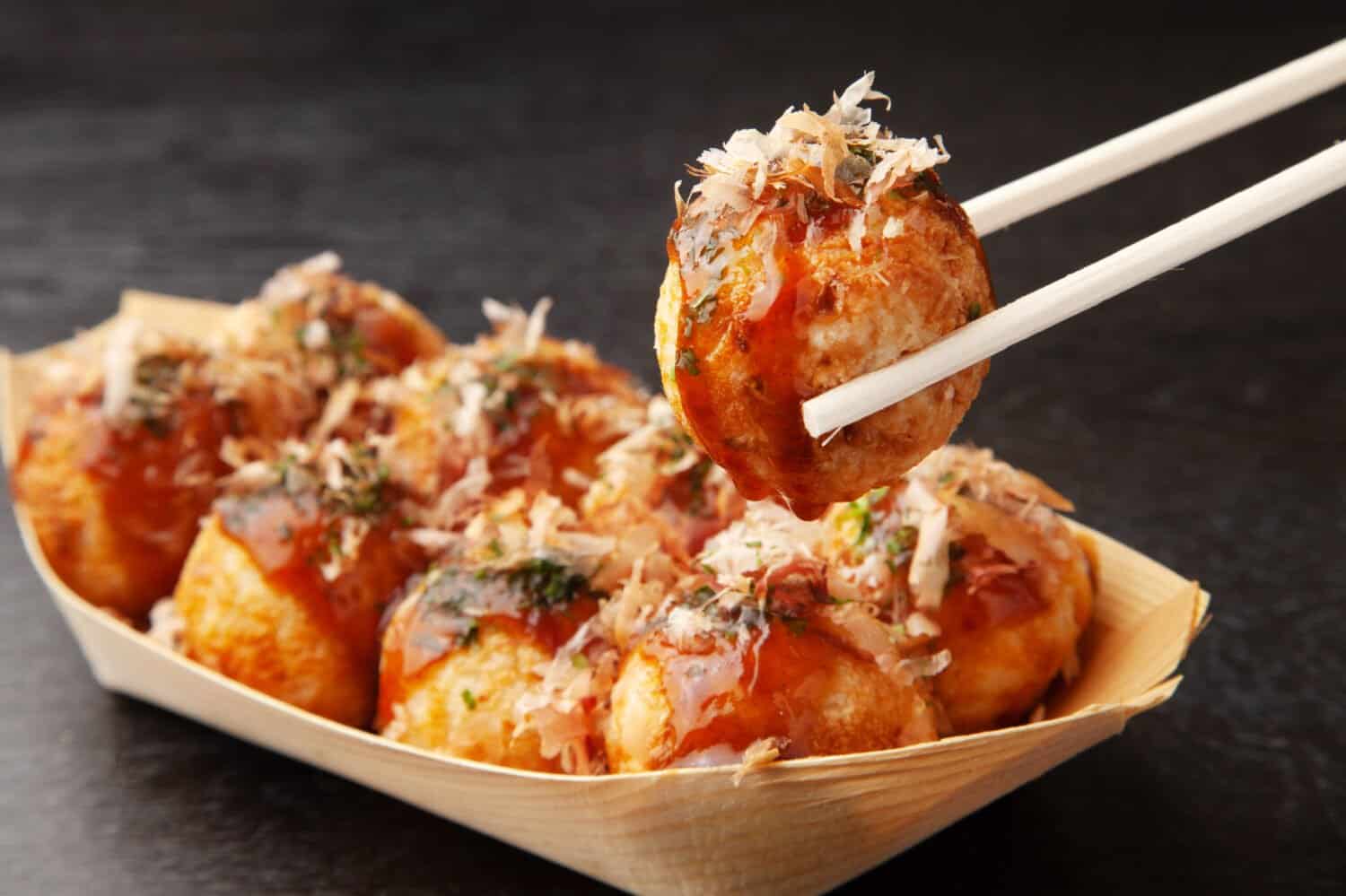It’s traditional towards the end of the year for both consumer- and trade-oriented food publications to look back on the previous 12 months and identify trends in eating and drinking.
One major trade information source, Nation’s Restaurant News, doesn’t wait until December, but publishes a weekly report called Flavor of the Week, in partnership with their sister publication Restaurant Hospitality and the market research firm Datassential. The feature singles out a food or drink menu item or ingredient that is, as they say, “making a big splash….” Then, when this season rolls around, NRN picks 10 of the year’s most salient trends from all those they’ve reported on, producing a report reviewed by 24/7 Tempo.
As the publication puts it, “From condiments to appetizers to beverages, these are things making a stir among consumers, growing in popularity as people learn more about them and restaurants add them to menus.”
Because Datassential tracks menu mentions over a four-year period and calculates the percentage of increased appearances of an item, it’s an unusual list, not necessarily including things — the way most trend updates do — that are entirely new to readers or that were little-known last year or the year before. (These are the biggest food fads of the past 50 years.)
For instance, avocado toast — which has been around in the U.S. since the 1970s — continues to proliferate, this year appearing on some 7.4% of all restaurant menus in America, an increase of 185% over 2019. Another familiar item, the Old Fashioned cocktail, is also on the list — perhaps benefiting from an increased interest in its base spirit, bourbon. (Bourbon was the top-selling sub-category in the whiskey category last year.)
One food whose rise will doubtless surprise many observers, on the other hand, is something not very well-known to the general public at all — the Japanese bar snack called takoyaki, in effect an octopus pastry. It’s one of three Asian items on the list. Another one — back to the familiar — is something easily recognizable to anyone who’s ever eaten in a Chinese restaurant in this country or gotten Chinese takeout: duck sauce. (Here are 20 classic restaurant dishes that are disappearing.)
Here are the top 10 food and drink trends of 2023:
Shoestring fries
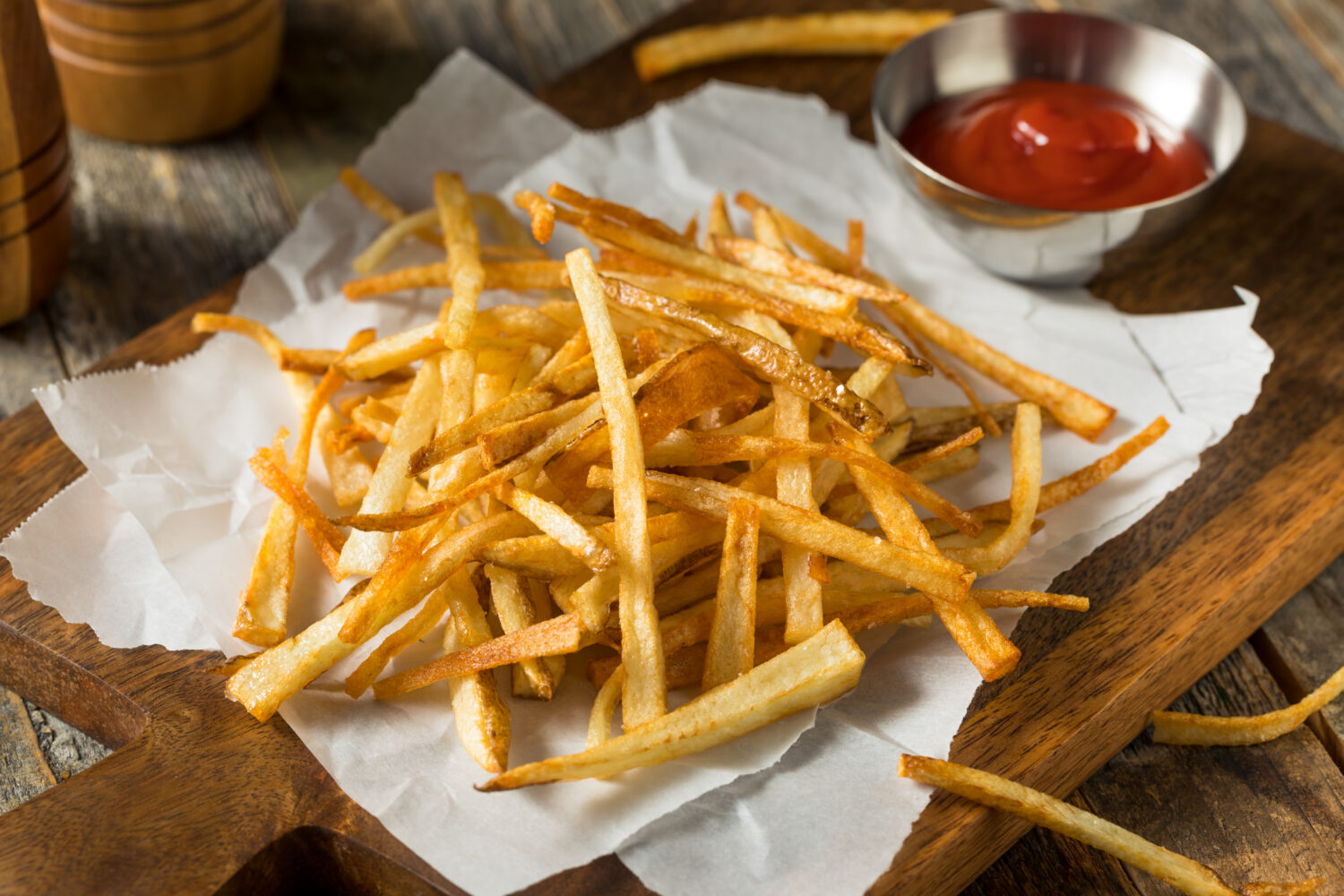
Steak fries, waffle fries, regular old pommes frites — they’re all good. But there’s something about mid-20th-century-diner-style shoestrings, so thin and crisp, that makes them special. NRN reports that some 63% of consumers say they like or love them. That’s probably why they’re showing up increasingly on menus around the country — including Hillstone Restaurants in nine states, whose version is pictured above.
Old Fashioned
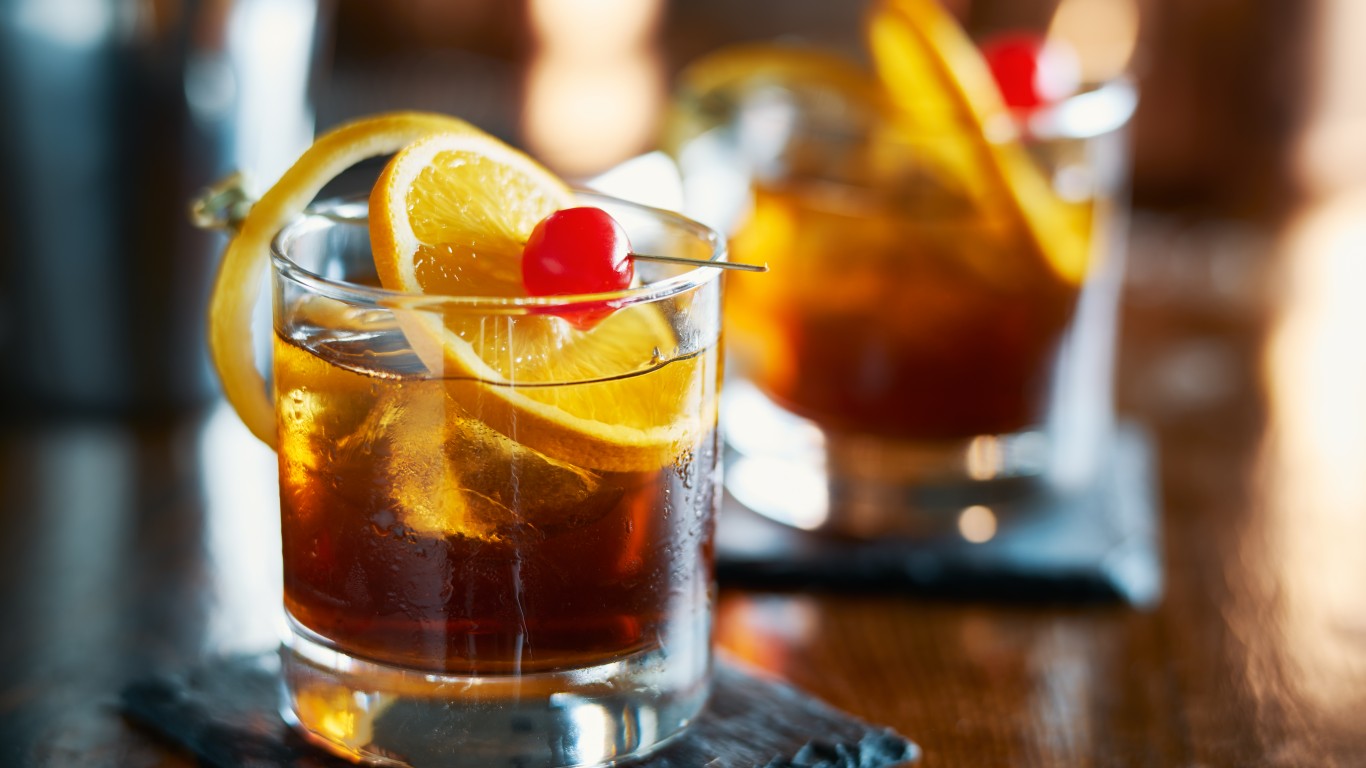
How old-fashioned is this classic cocktail — made with bourbon or rye and a sugar cube muddled with bitters? It first appeared in the early 19th century, and was given its name in 1880. According to Datassential, it’s found on 18.2% of U.S. cocktail menus today, up 29% in the past four years. In its traditional form, it is the official city cocktail of Louisville, Kentucky, in the heart of bourbon country — and innovative variations are beginning to appear, including a smoked version.
Avocado toast
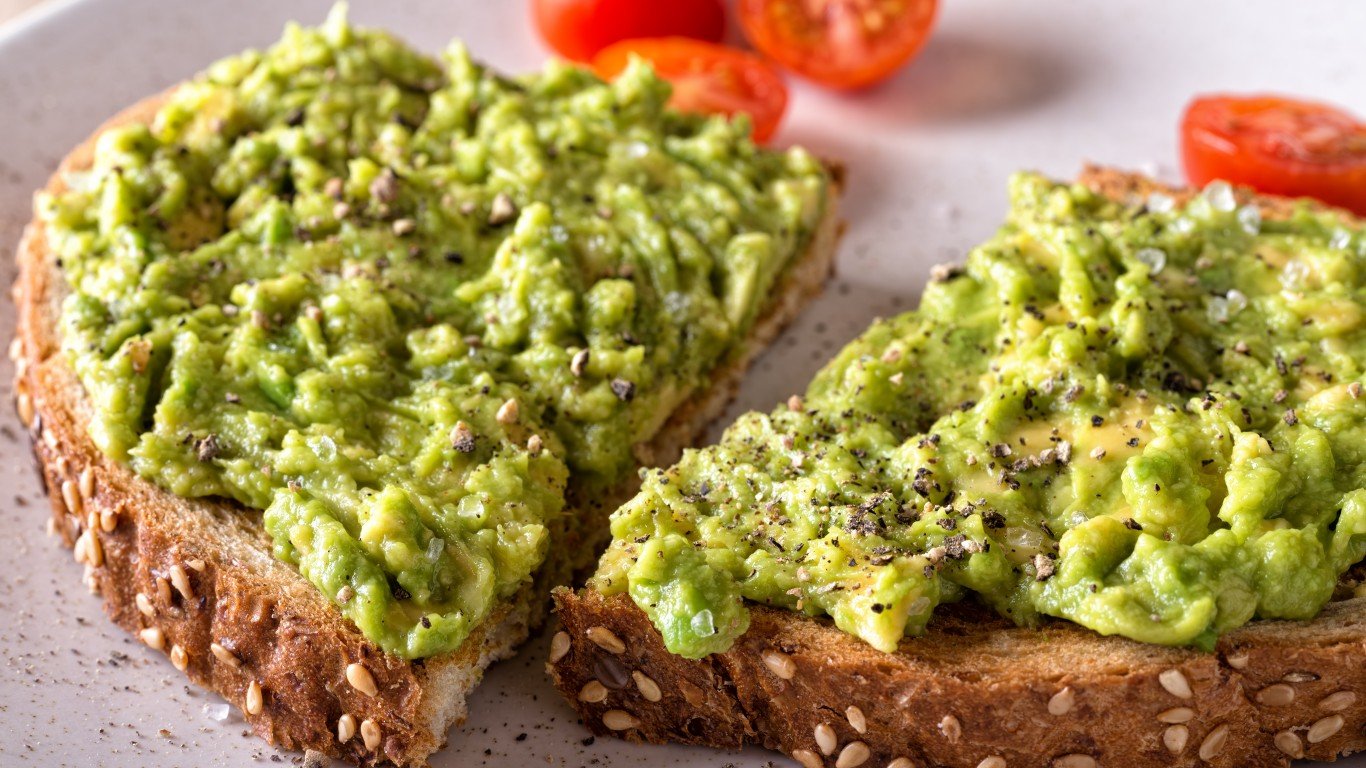
The idea of adding avocados to sandwiches goes back to the late 19th century, but the simple open-faced presentation of avocado mashed onto toast (with or without added ingredients) was apparently introduced to the modern era by restaurateur Bill Granger at his Bills Café in Sydney, Australia, in 1993. It reached America in the early 1970s, probably first appearing at New York City’s Café Gitane. Today it has taken over the country, and probably the world, and become a culinary cliché — above all among Gen Z consumers. According to the data site Statista, U.S. avocado consumption increased from two pounds per capita in 2001 to nine pounds last year, and analysts say that the popularity of avocado toast (along with that of California roll) has been largely responsible.
Takoyaki
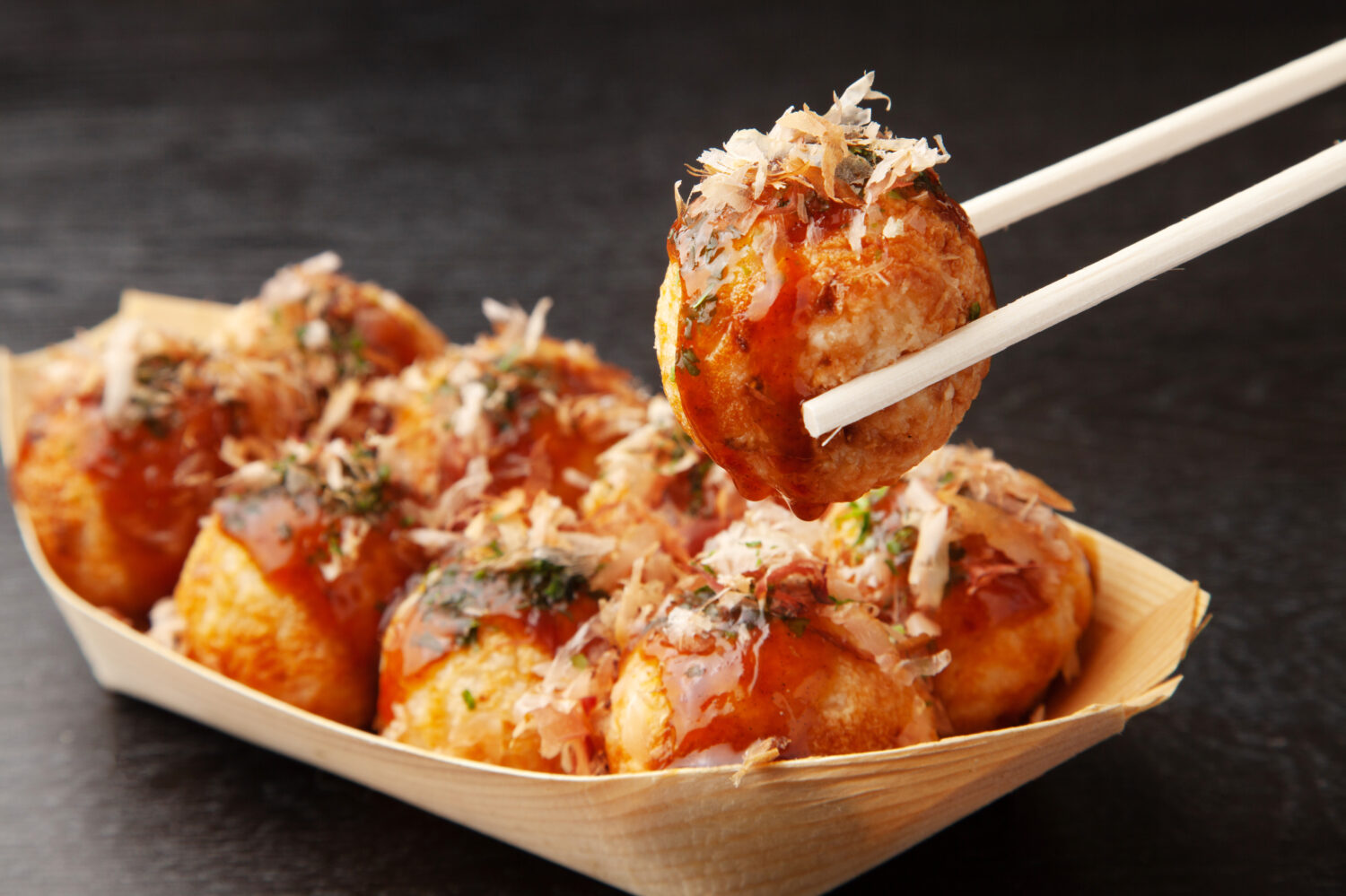
Takoyaki is a kind of Japanese izakaya fare — bar food — made with chopped up octopus, pickled ginger, and other ingredients, mixed into a flour-based batter, baked in a kind of pan resembling a mini-muffin tin, and brushed with a sweet-and-savory sauce. While takoyaki appears on only 0.8% of menus around the country today, that represents an 80% increase since 2019. There are even specialists in it, like Karl’s Balls in New York City, where everything (like the examples above) is made from scratch — which isn’t necessarily the case in the average izakaya. Takoyaki is found mostly in Japanese establishments, but even those are improvising on the original recipe. NRN calls out a “menu inspiration” based on the snack, for instance, from Kemuri Tatsu-Ya in Austin, in which the octopus is combined with beef chili, cheddar, Kewpie mayo, jalapeños, and bonito flakes.
Ranch Water
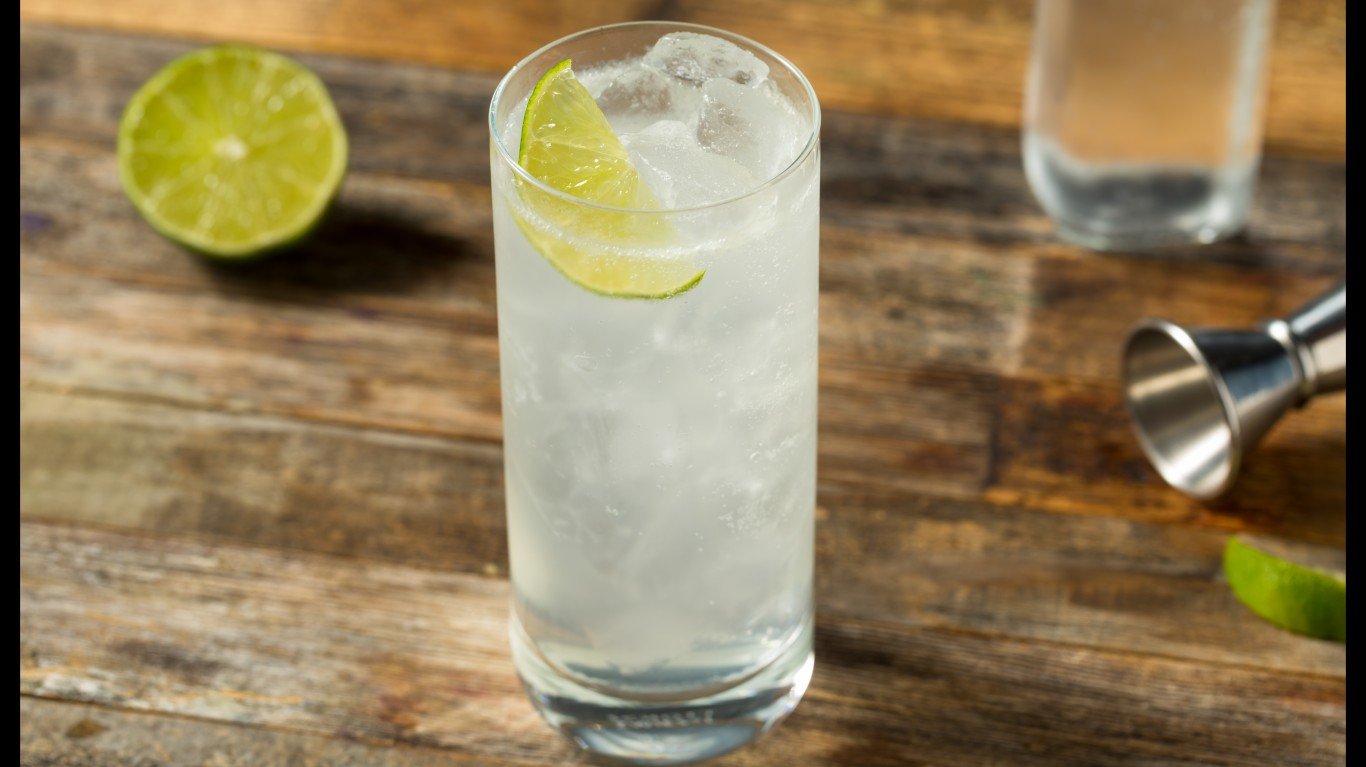
Tequila is the No. 1 spirit in America today, surpassing even the longtime category leader, vodka. While the Margarita and the Paloma (tequila with grapefruit soda) remain popular, Ranch Water — tequila mixed with soda and lime juice — is the up-and-comer. Datassential notes that its appearance on menus around the country has increased by an astounding 6,796% over the past four years. It may have originated in Texas as early as the 1960s, but some sources give credit to the late Kevin Williamson of Ranch 616 in Austin for igniting its popularity in the late 1990s.
Salsa roja
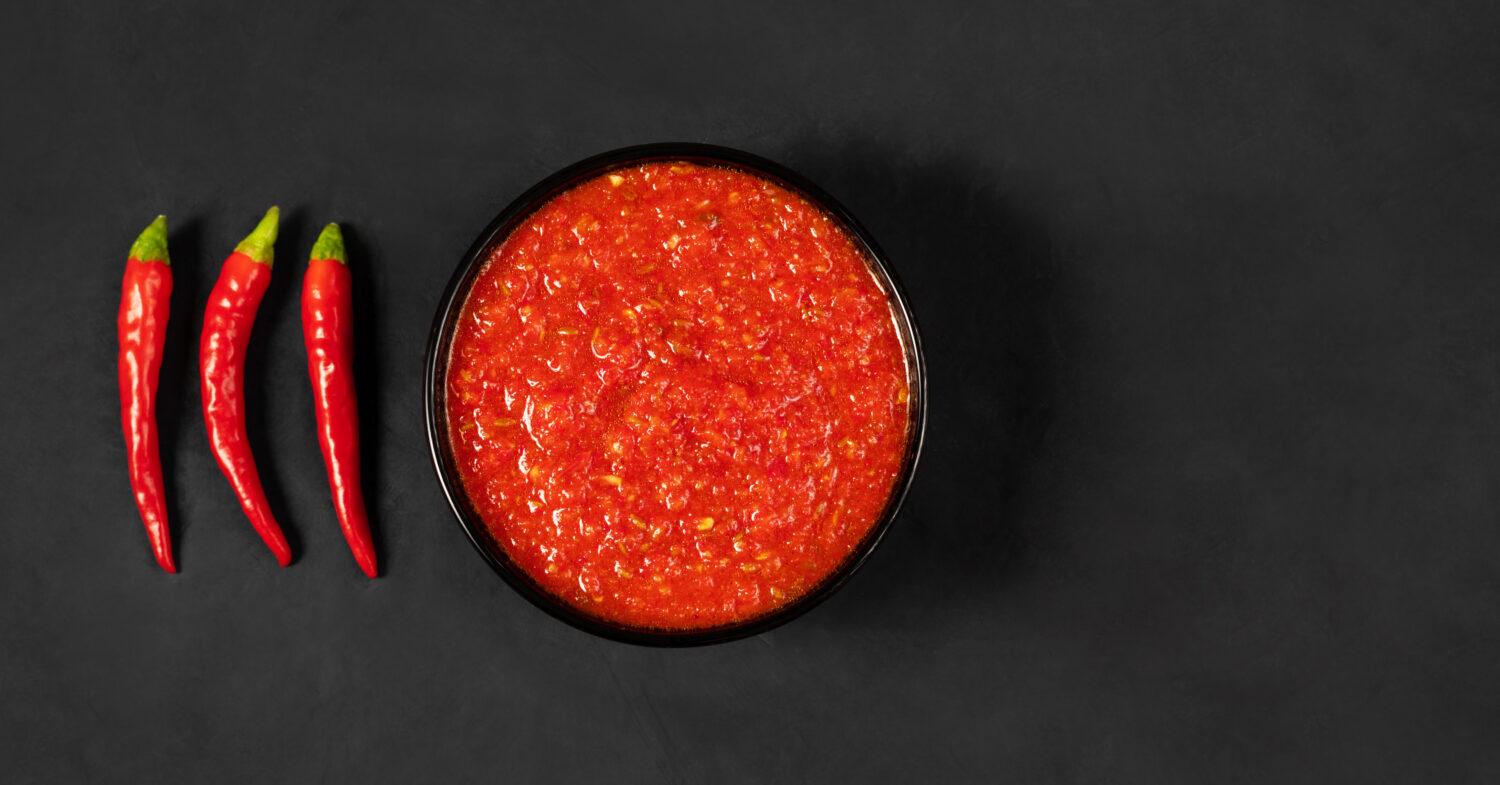
Datassential has determined that 75% of Gen Z-ers and 82% of Millenials name Mexican as their favorite cuisine — and one common condiment at Mexican restaurants is salsa roja, red sauce, served with tortilla chips (as at El Paso’s L&J Cafe, above) or with tacos, enchiladas, and other dishes. The basic ingredients are tomatoes, chiles, onion, and garlic. Some versions are smooth, others slightly chunky, and salsa roja may be made with ingredients that are cooked ingredients orpuréed or ground together raw.
Mocktails
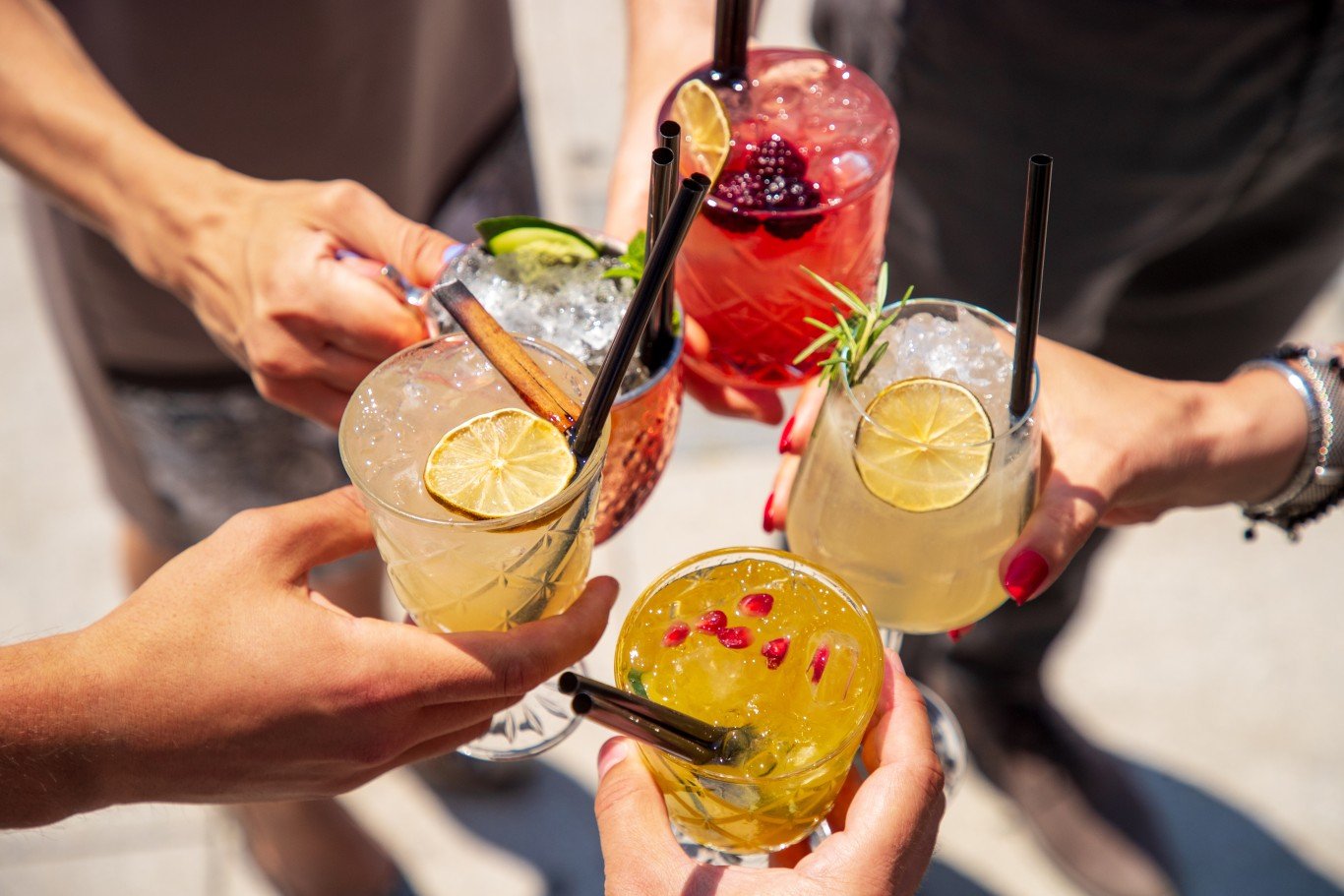
Mocktails — non-alcoholic cocktails — have come a long way since the Shirley Temple (ginger ale and grenadine with a maraschino cherry garnish), invented in Hollywood in the 1930s and named for a famous child star of the era. Today, in the face of trends like Dry January, Sober October, and the so-called “sober-curious” lifestyle, bartenders are creating “virgin” beverages that are sometimes so complex and delicious that the absence of alcohol is hardly noticeable.
Kentucky Mule

The Moscow Mule, invented in the 1940s, is simply vodka, ginger beer, and lime juice, with a lime wedge garnish, served in a copper mug. The Kentucky Mule, which substitutes bourbon for vodka, may date from the same era — but it was enjoyed mostly in its eponymous state (the country’s bourbon capital), at places like the classic Old Seelbach Bar in Louisville, whose version is above. In the past four years, however, its appearance on U.S. cocktail menus has risen by 83% — another indication of bourbon’s growing popularity.
Duck sauce

No ducks are harmed in the manufacture of duck sauce. It’s a sweet-and-sour condiment, luminous orange in color, familiar to anyone who has ever ordered Chinese takeout. Made with various kinds of fruit (apricots, peaches, etc.), ginger, chiles, and vinegar, it got its name because it’s a Chinese-American version of a sauce traditionally served with Peking duck in China. (Plum sauce is a close relative.) Though it hasn’t started appearing much beyond Chinese restaurants, some 42% of Americans have tried it, according to Dataessential, and it appears on 28% more menus today than it did in 2019.
Bento boxes
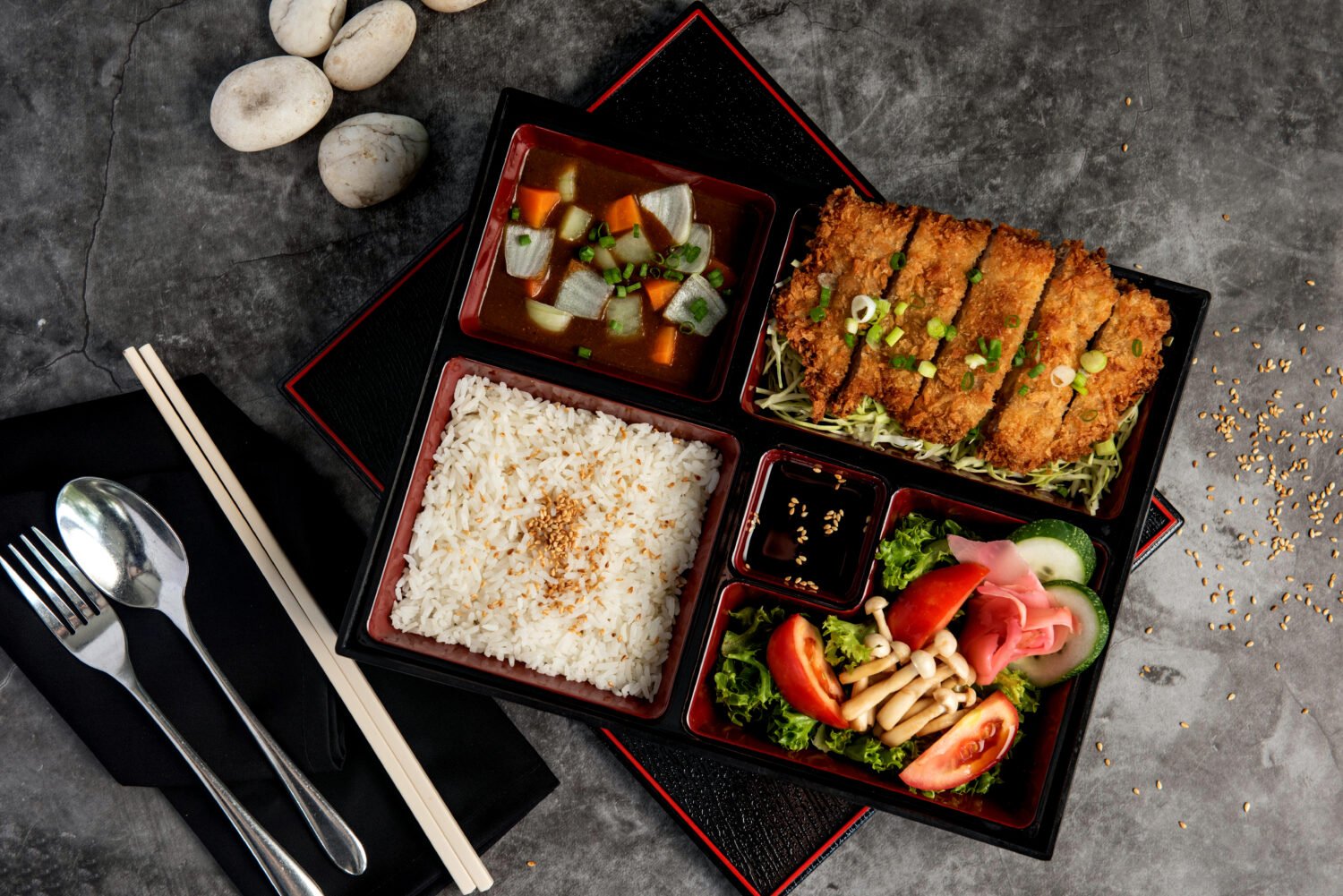
Bento boxes are a Japanese invention, perhaps dating back as far as the fifth century — compartmentalized trays, made of anything from plastic to lacquered wood, containing single-portion meals, usually meant for lunch, traditionally including a starch (rice or noodles), some kind of fish or meat, and vegetables (sometimes pickled). Many Japanese restaurants offer the boxes, and there are also specialists (like the Bento Guys from San Francisco, a few of whose versions are above) — but other Asian cuisines have adopted the idea, and there are even non-Asian versions. A Greek bento box, for instance, might include Greek salad, grilled chicken, hummus, and pita.
